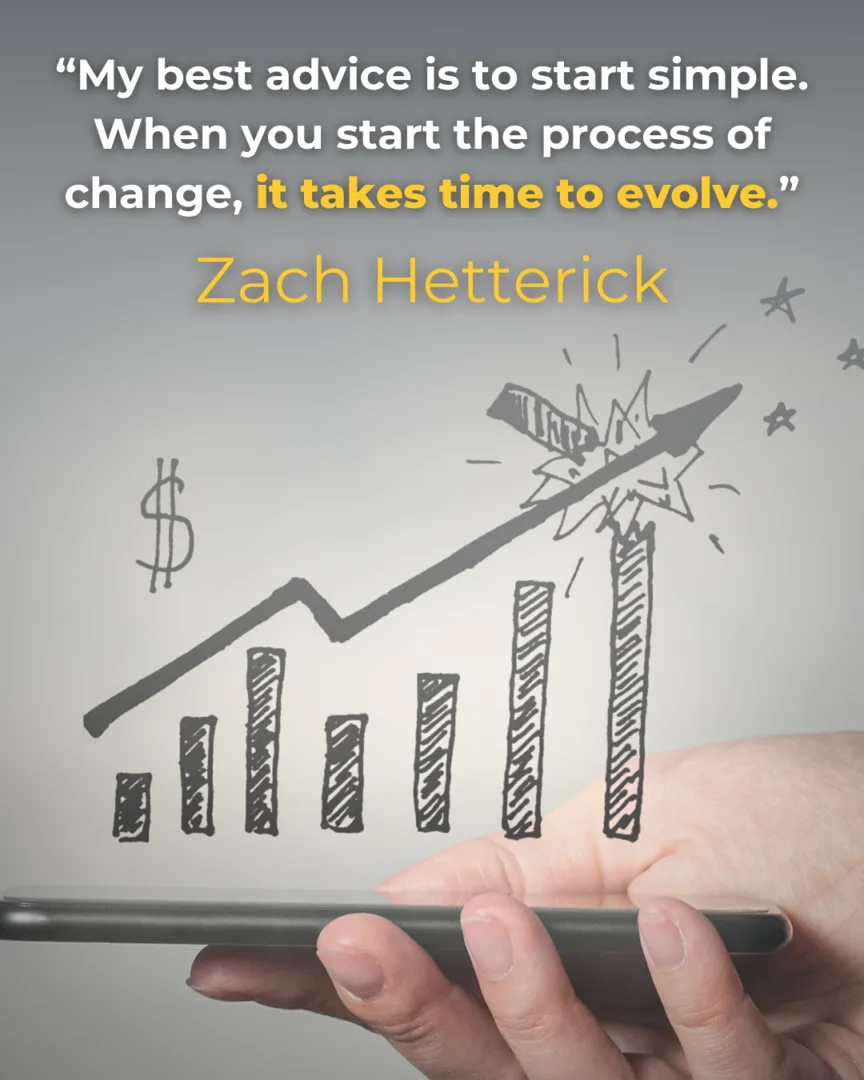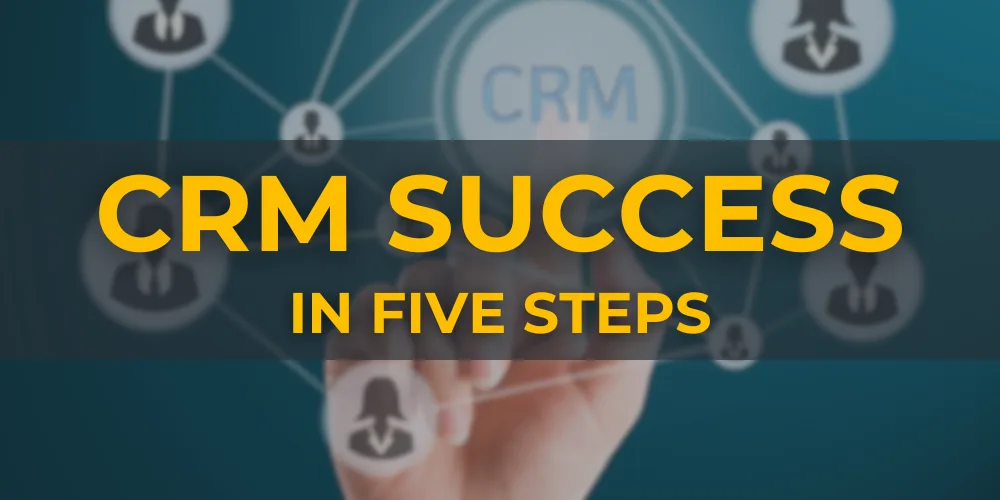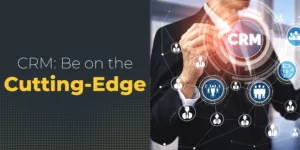You know why a CRM is crucial for your equipment dealership. But how do you ensure your CRM initiative delivers on the value you expect? How do you avoid the pitfalls that come with a CRM implementation and avoid the common pitfalls?
Zack Hetterick, equipment industry expert and founder of Harvesting Potential, has the answers. In the 2025 Dealer Digest, he provided a five-step roadmap to successfully implement your CRM. This strategic approach is designed to help your team get your system up, running, and delivering value fast.
Learn more by downloading the 2025 Dealer Digest.
1. Define Clear Objectives
Before jumping in feet first, it’s important to establish exactly what you want your CRM to do for your business.
Are you looking to increase deal velocity by making your sales team more efficient? Do you want to improve customer retention by allowing for better account management and customer service? Are you looking to get better insights from your marketing results so you can expand your reach?
Regardless of your specific goals, Hetterick often asks clients, “what they want to get from the tool”. Defining clear, measurable goals provides direction for the entire project and ensures the CRM is in line with your dealership’s strategic priorities. This clarity is key to choosing the right CRM and is your North Star for the entire project.
2. Choose the Right CRM System
Not all CRMs are created equal. Select a system that fits the specific needs and workflows of your equipment dealership. Consider factors like:
- Scalability: Can the system grow with your business?
- Ease of Use: Is it intuitive for your team? Will they actually use the CRM?
- Integration Capabilities: Can it connect with your existing business systems?
- Industry Specificity: Do you want a CRM tailored for the equipment businesses, or do you want to grab an “off-the-shelf” solution and invest in customization?
- Implementation Timelines: How long will it take to get up and running? Purpose-built CRM for equipment dealers do not need customization, so they have shorter implementation timelines, which is another factor to consider.
3. Start Simple and Scale Up
A phased approach helps manage change, overcome resistance, and prevents users from feeling overwhelmed, which can lead to underutilization.
Trying to implement every feature across the entire dealership at once is often a recipe for failure. Hetterick advises, “start simple”.
Begin with a focused pilot project, concentrating on a core function like call logging or account assignment. From there, you can gradually expand the CRM’s usage as your team becomes comfortable and achieves early success.

4. Ensure Comprehensive Training
A CRM is only as good as the team using it, and a little training goes a long way. Hetterick notes that you want your team to “work with the system versus around the system,” which is achieved through ongoing training.
Ensuring all users understand the system and how to leverage it for their role and tasks make sure they’re embedded with the CRM. Plus, training allows you to fight data inconsistencies and combat underutilization– two pitfalls that can sink a CRM project if you let those problems fester.

5. Monitor and Adjust
CRM implementation isn’t a “set it and forget it” project. Continuously monitor the system’s performance against your initial objectives. Actively gather feedback from across all departments to identify pain points and areas for improvement.
Be prepared to make adjustments to processes, configurations, or even provide additional training based on this feedback. This continuous improvement cycle is vital for maintaining user engagement and ensuring long-term value.
Pave the Way for CRM Success
Implementing a CRM is a significant undertaking, but by following these five steps, you can proactively avoid the common pitfalls that derail many projects.
A well-planned, well-executed implementation ensures your CRM becomes a powerful asset – driving efficiency, enhancing customer relationships, and ultimately fuelling growth – rather than another expensive initiative that failed to deliver.
Ready to dive deeper into CRM strategies for equipment dealers? Download the complete 2025 Dealer Digest for more expert insights from Zach Hetterick.



 May 14, 2025
May 14, 2025 7 minutes read
7 minutes read

